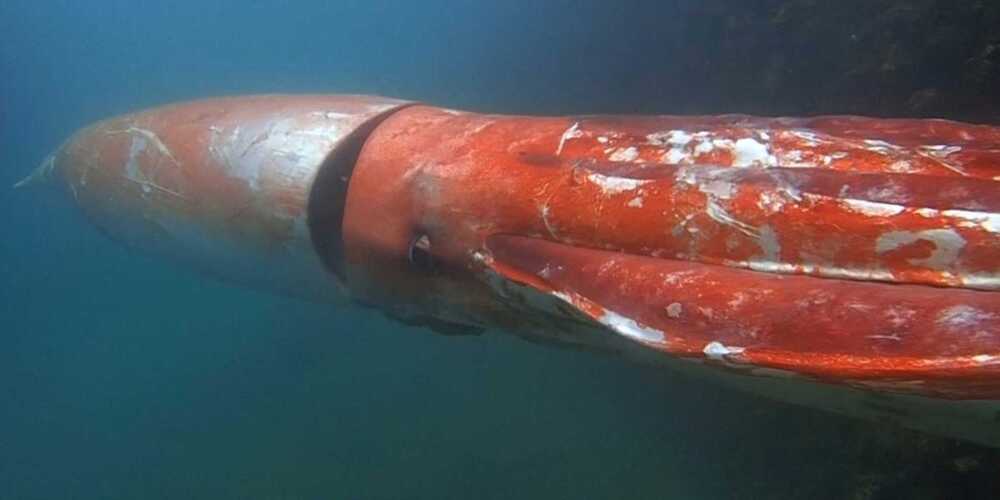We need to face the reality that the future is no longer in fossil fuels and need to show credibility on that, said President of the European Investment Bank, Dr Werner Hoyer on Wednesday (20 January).


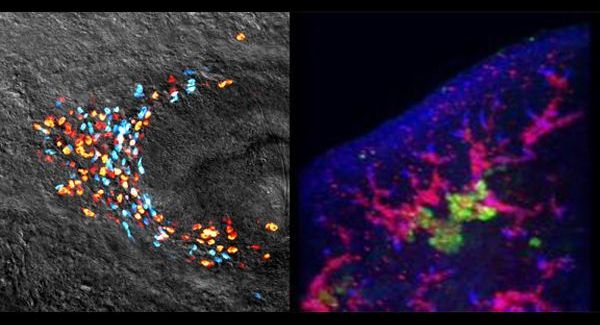
Circa 2012
Livescience.com | By LIVESCIENCE
This Research in Action article was provided to LiveScience in partnership with the National Science Foundation.
About the size of toenail clippings, planarians are freshwater flatworms that can re-form from tiny slivers. This feature not only lets them repair themselves, but it lets them reproduce by breaking apart and then creating new worms.


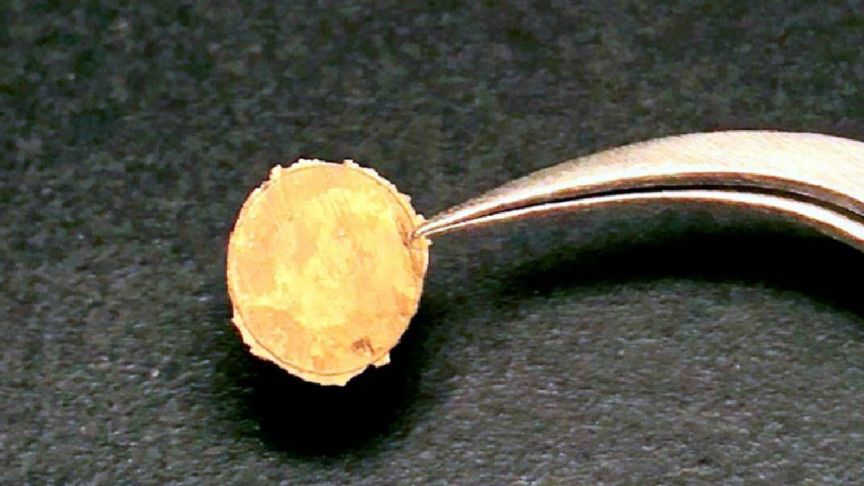
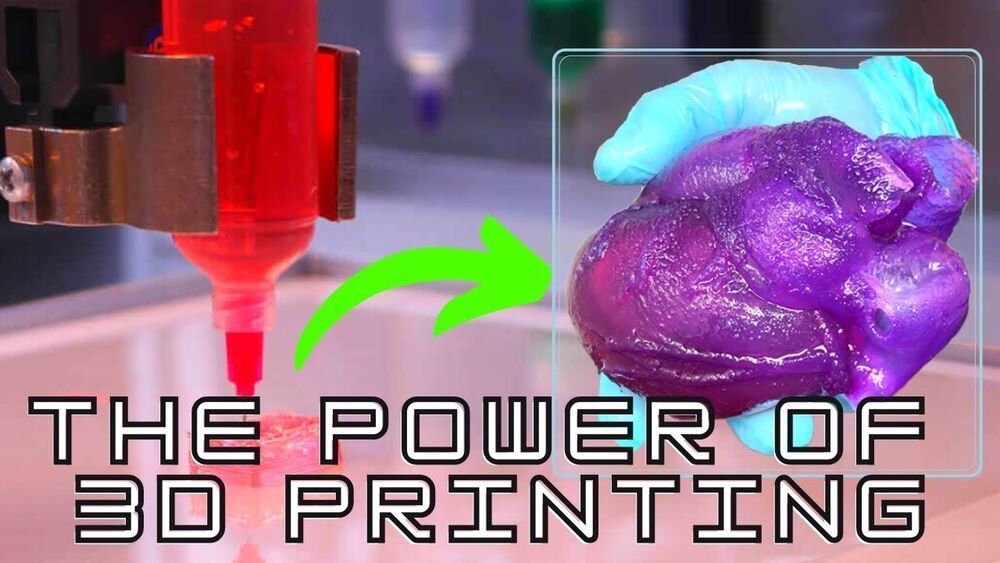
Hey it’s Han from WrySci HX coming to you with awesome news out of Carnegie Mellon University. Scientists there have built the first ever full size 3D printed human heart, using a really cool technique that is very fresh! More below ↓↓↓
Subscribe! =]
Please consider supporting 🙏
Patreon: https://www.patreon.com/wrysci_hx.
Follow me on twitter: https://twitter.com/han_xavier_
Or better yet, consider supporting any of the following =].


To artists and romantics, the twinkling of stars is visual poetry; a dance of distant light as it twists and bends through a turbulent ocean of air above our heads.
Not everybody is so enamoured with our atmosphere’s distortions. To many scientists and engineers, a great deal of research and ground-to-satellite communication would be a whole lot easier if the air simply wasn’t there.
Losing our planet’s protective bubble of gases isn’t exactly a popular option. But Australian and French researchers have teamed up to design the next best thing – a system that guides light through the tempestuous currents of rippling air with the flick of a mirror.
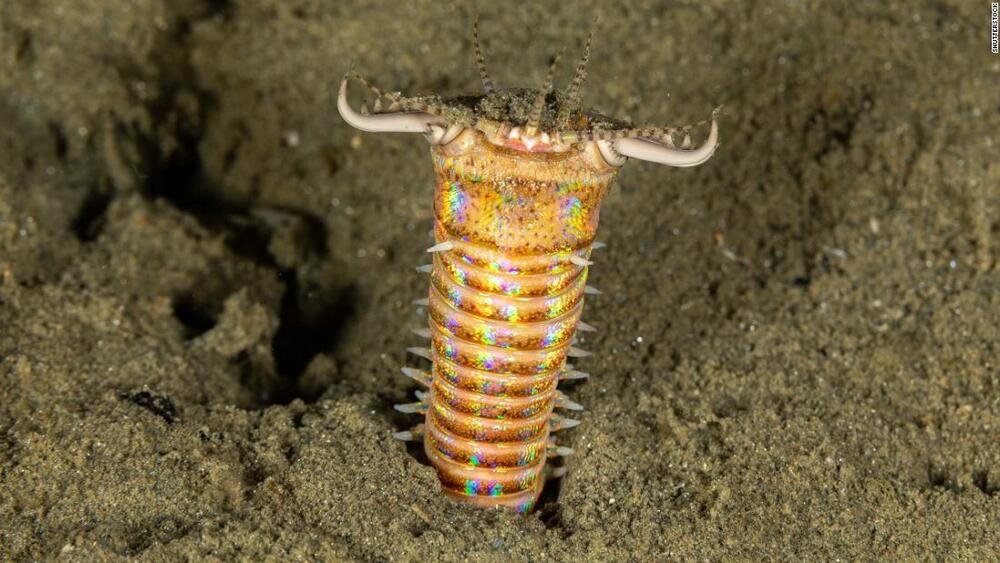
I say squish immediately!!
Scientists think they have discovered the undersea lair of a giant predatory worm that lived on the ocean floor some 20 million years ago and would pounce on unsuspecting marine creatures.
Paleontologists from National Taiwan University believe the 6.5-foot-long burrow was once home to a worm-like predator that would surface from the seabed to ambush sea creatures and drag them, alive, into its lair.
Experts working in northeastern Taiwan reconstructed large, L-shaped burrows dating back to up to 23 million years ago from layers of seafloor using trace fossils — geological features, like track marks, burrows and plant root cavities found preserved in rocks, which experts use to draw conclusions on the behavior of ancient creatures.
